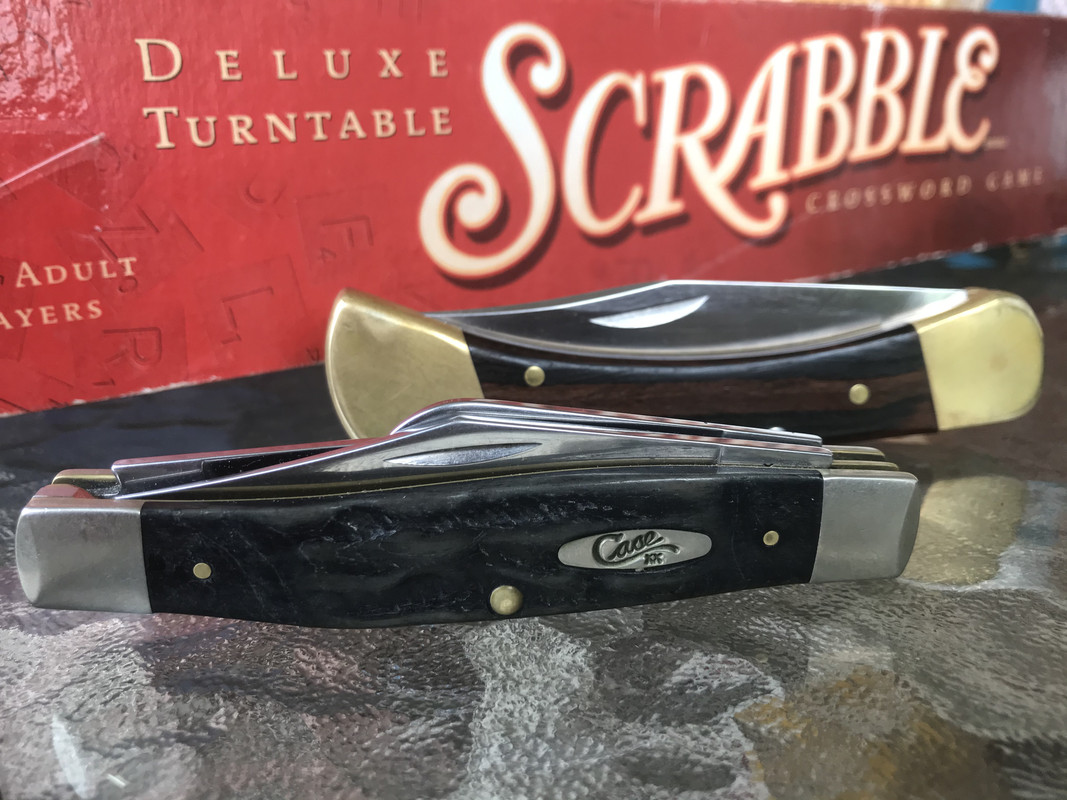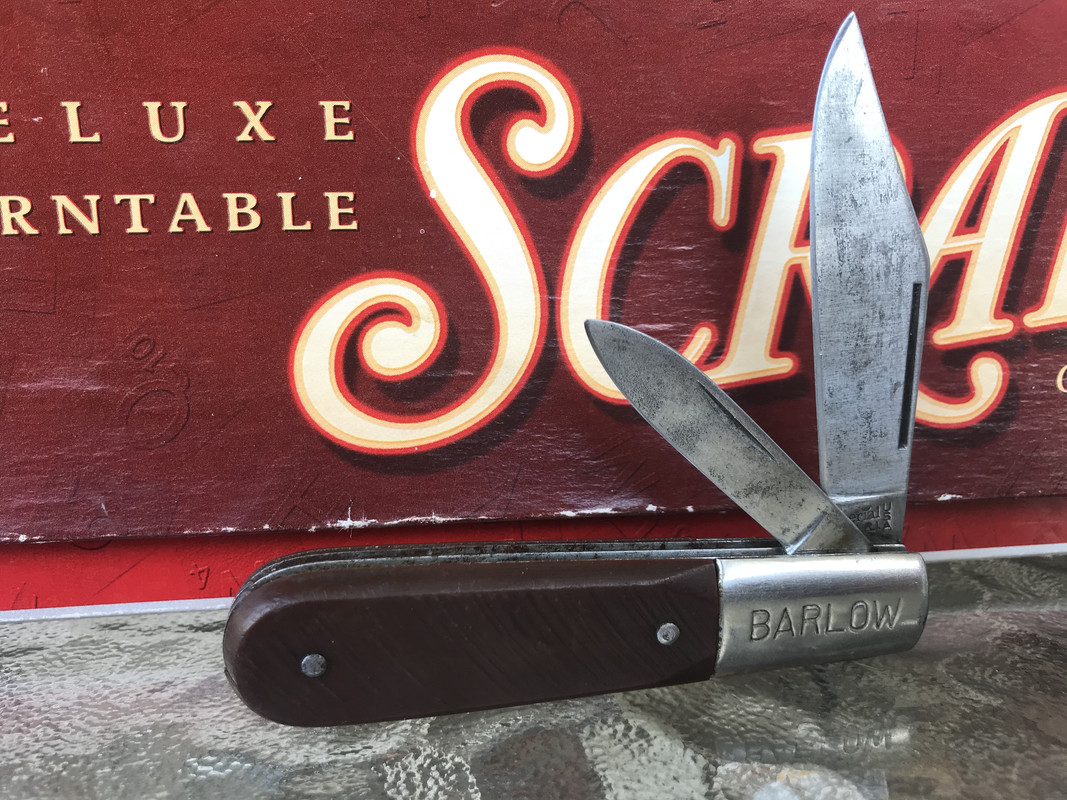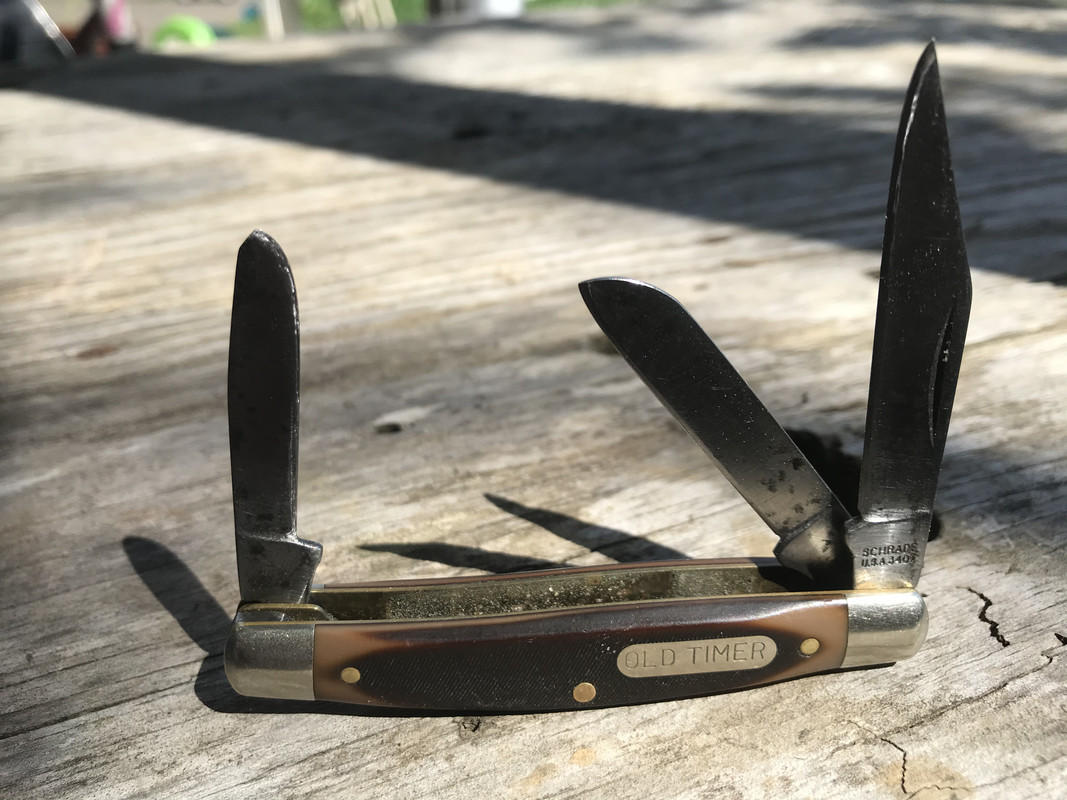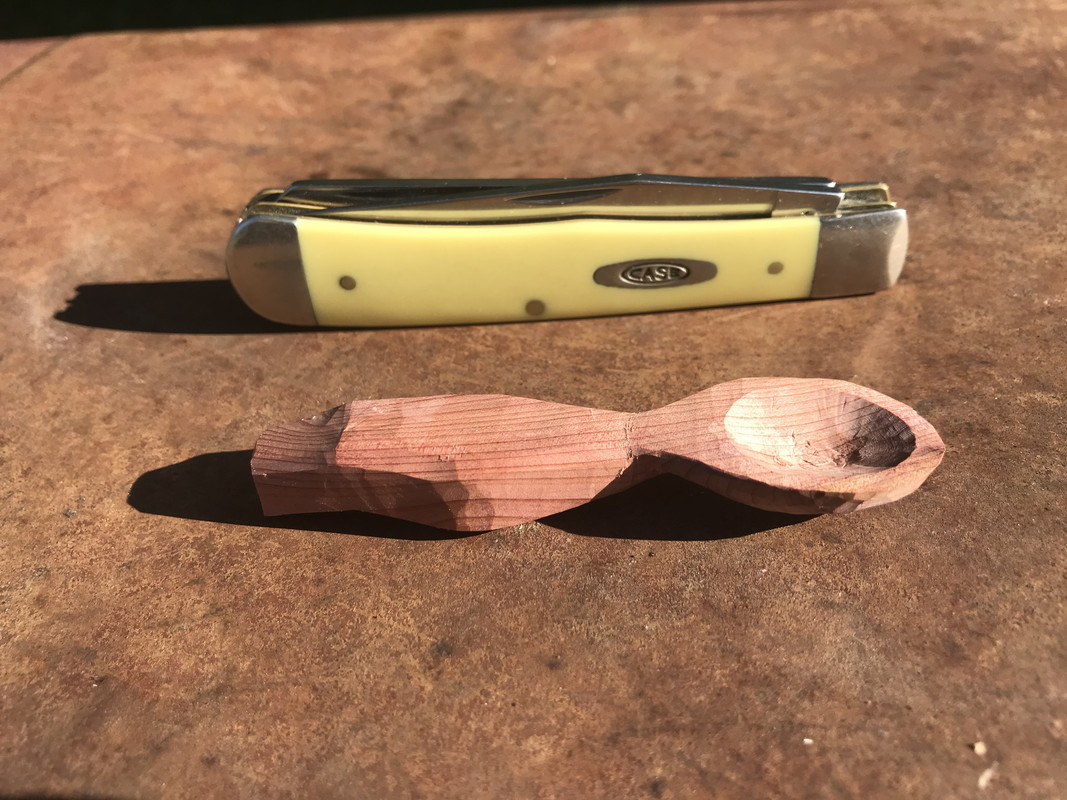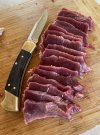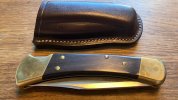- Joined
- Jan 15, 2012
- Messages
- 858
Hi fellow traditionalists,
A year ago or so I asked you guys for the most iconic traditional patterns, and you replied Trapper, Stockman and Barlow, and Congress and Sodbuster sort of popped up as honorary mentions. Buck 110 was also mentioned although I guess that is more of a model than a pattern…
traditional patterns, and you replied Trapper, Stockman and Barlow, and Congress and Sodbuster sort of popped up as honorary mentions. Buck 110 was also mentioned although I guess that is more of a model than a pattern…
What about the other patterns,
Peanut, Copperhead, canoe, muskrat, what have you.
Please forgive this guy for his ignorance
guy for his ignorance  . I’m interested in American knife patterns and want to learn more. Please share your opinions
. I’m interested in American knife patterns and want to learn more. Please share your opinions
A year ago or so I asked you guys for the most iconic
What about the other patterns,
Peanut, Copperhead, canoe, muskrat, what have you.
Please forgive this

